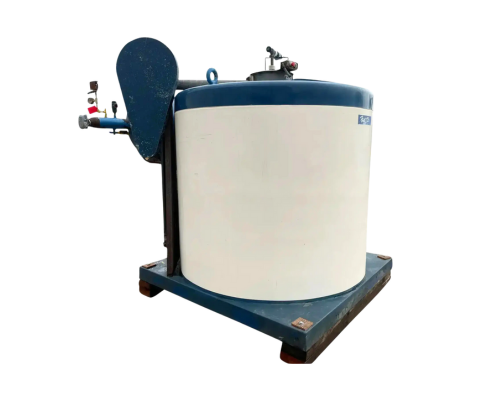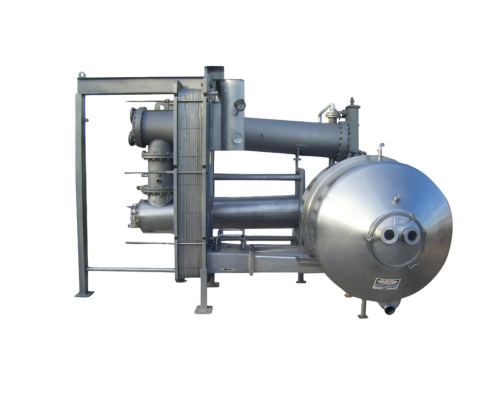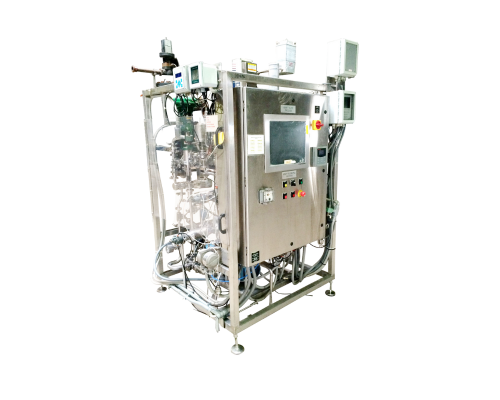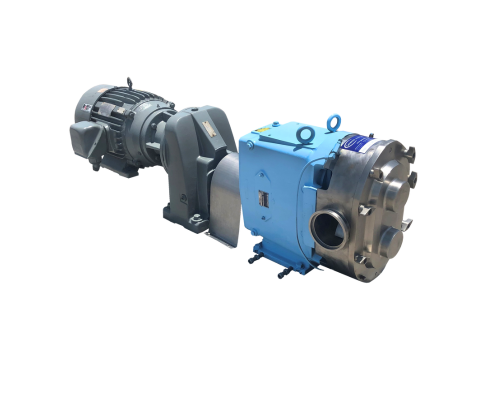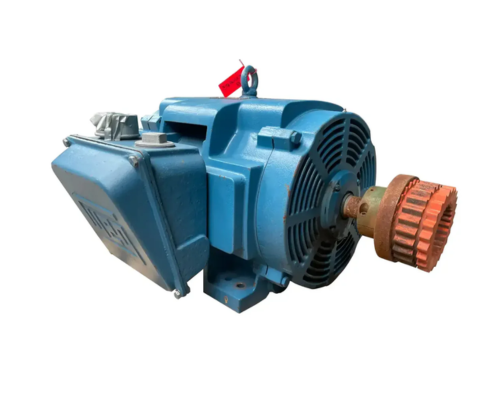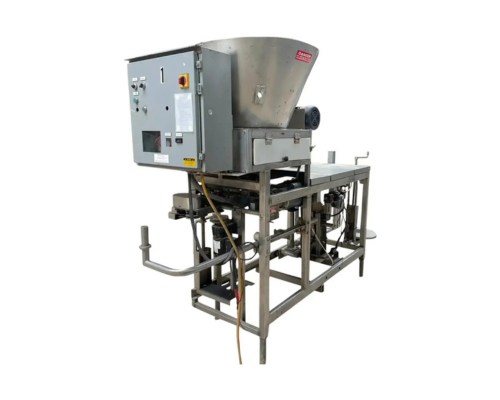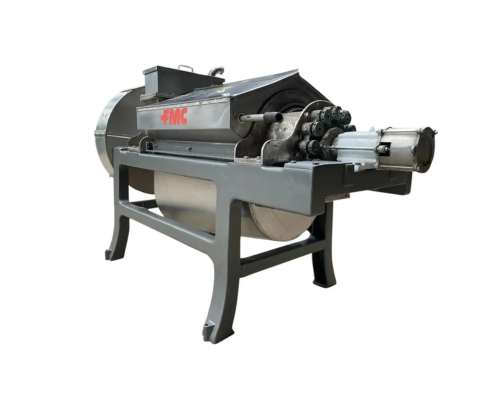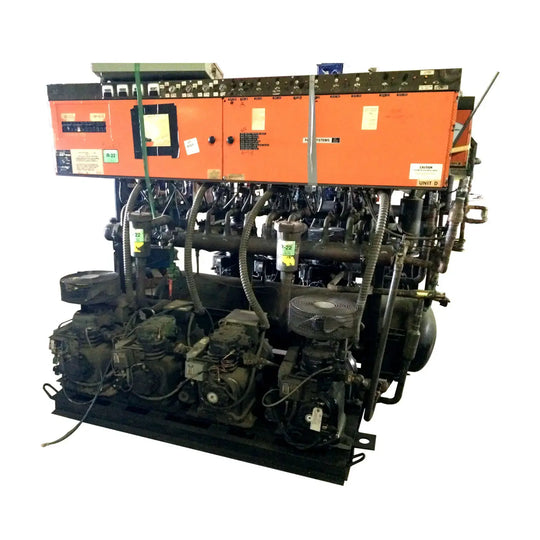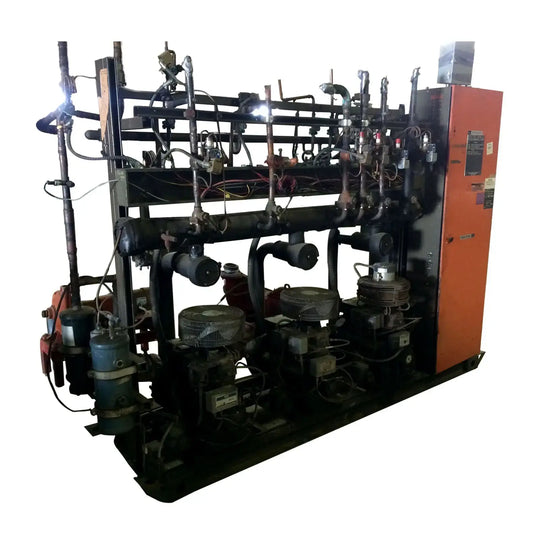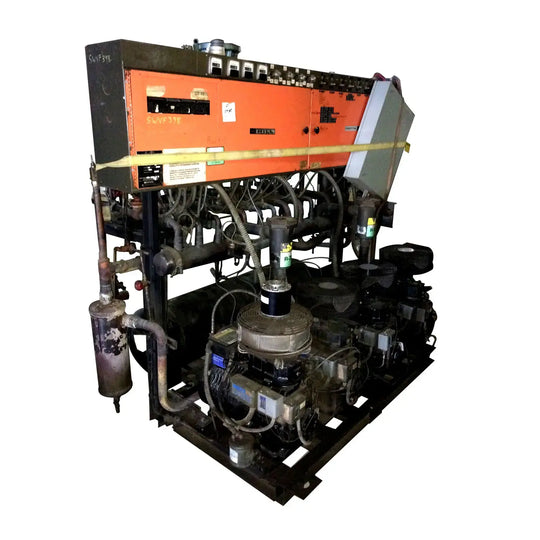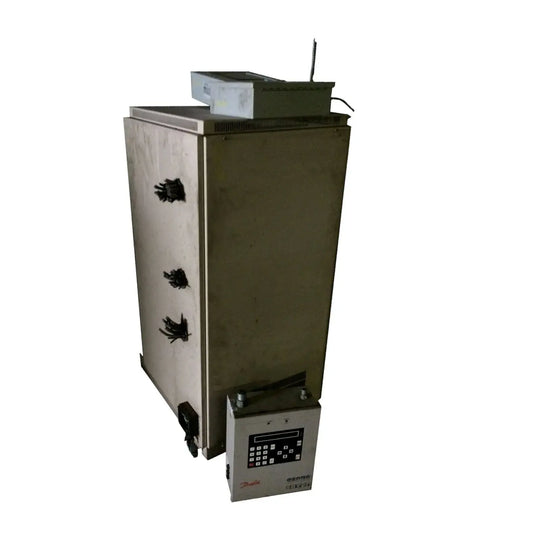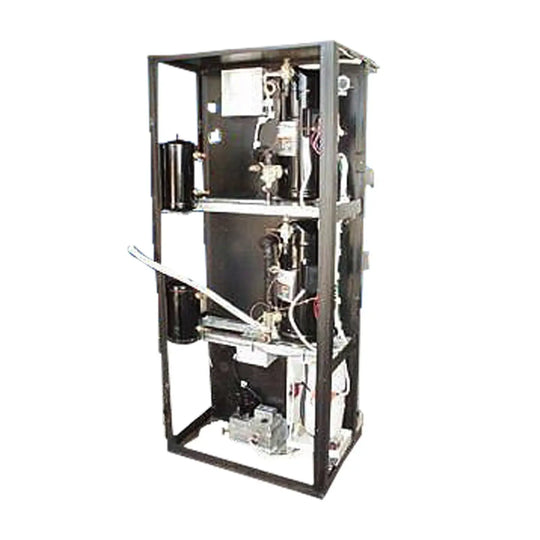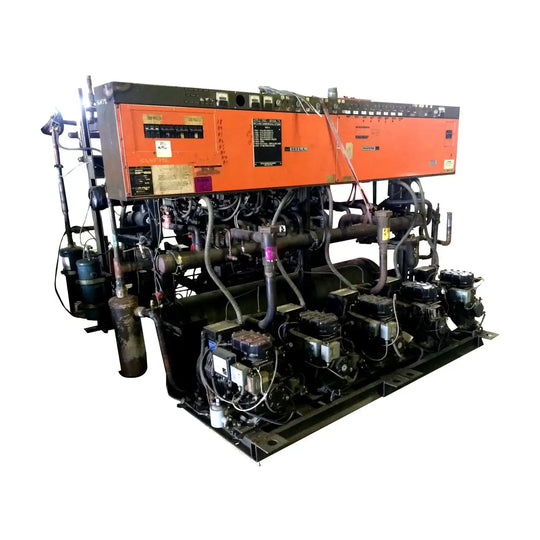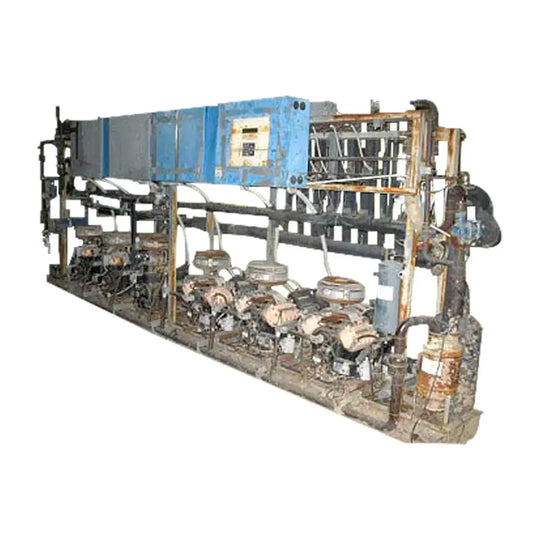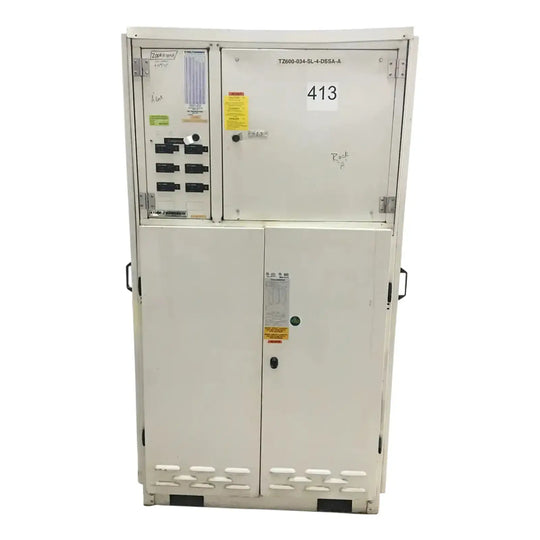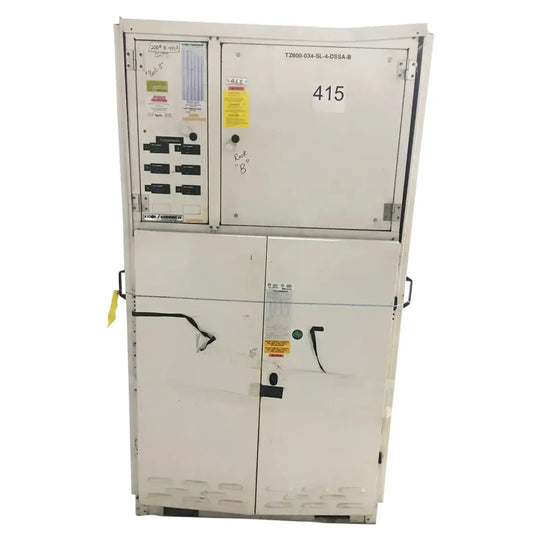Split Rack Compressor System
Update your refrigeration system and your system efficiency.
Find a used split rack compressor system from brands like Phoenix, Copeland, and Hill Refrigeration
- FAQs
The split-rack compressor system is a system widely used for commercial and industrial refrigeration applications. It consists of two separate components: the compressor rack and evaporator coils. The compressor rack houses the compressors which pressurize the refrigerant gas and circulate it throughout the entire system.
The evaporator coils essentially absorb heat from the environment and cool the space. This two-part design is a great solution for commercial refrigeration and energy efficiency. By using multiple compressors in the split system, it improves scalability and evenly distributes the workload across parallel racks. It also translates to better durability and cost savings overall.
A refrigeration rack begins with compressors that work together to pump refrigerant through the system. This creates a continuous cycle of cooling. The refrigerant flows through the compressors and is compressed. The hot, high-pressure refrigerant then moves into a condenser where it's cooled down and condensed into a liquid form. After it's in liquid form, the refrigerant flows into the expansion valve, regulates its flow, and reduces its temperature. The warm gas refrigerant is then sucked back into the compressors, and the cycle starts again. Overall, this system functions by compressing and circulating refrigerant through compressors, condensers, expansion valves, and evaporator coils.
For rack refrigeration, the compressors will cycle on and off for optimal performance. This is not just to maintain the desired temperature but also to ensure energy efficiency. The main cause of the cycling is the temperature inside the refrigeration system. The compressors monitor the ambient temperature and trigger the compressor to circulate refrigerant if the temperature rises above normal. Pressure differentials and load demand can also affect the cycling. If there's a sudden increase in the cooling load, then you can expect the compression to turn on. During periods of low demand, the compressor will cycle off to conserve energy.
- The four stages of refrigeration are as follows:
- Compression: The refrigerant gas is compressed, and the high-pressure gas is forced into the next stage.
- Condensation: The gas enters a condenser and cools down into a liquid when it comes into contact with cold air or water. The heat transfer causes the gas to release heat energy.
- Expansion: The liquid enters an expansion valve and the valve restricts the flow of liquid, vaporizing and turning into a cooler gas.
- Evaporation: The gas enters an evaporator located in the refrigeration unit. The gas absorbs heat and turns into low-pressure vapor to create a desired cooling or freezing effect.
Genemco is the best place to buy everything from rack systems to rotary vane compressors, and even a split-rack compressor system. We house the world's largest inventory of pre-owned industrial refrigeration, food service, and food processing equipment. More importantly, you can count on our years of experience for questions and concerns. We also deliver your equipment faster and at a lower price than competitors.
Top Sellers
View all







